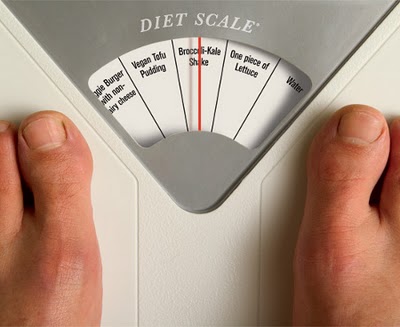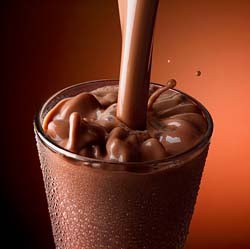The Information Diet
 The New Year season is full of resolutions to diet for weight loss. It’s also one of the most fruitful seasons for merchants who produce weight-loss products to add to their bottom line. They’re easy to find and getting more and more clever with each passing year. They’re on Google Ads, banner ads, Facebook, Twitter, youTube, and infiltrate virtually every other on-line media you use on a daily basis.
The New Year season is full of resolutions to diet for weight loss. It’s also one of the most fruitful seasons for merchants who produce weight-loss products to add to their bottom line. They’re easy to find and getting more and more clever with each passing year. They’re on Google Ads, banner ads, Facebook, Twitter, youTube, and infiltrate virtually every other on-line media you use on a daily basis.
This easily leads to information overload, as well as fear-based marketing: How do you choose from all of the products available? How do you sift through the inundating assault of those massively lengthy webpages that have PARAGRAPHS of text and testimonials? And worse yet, how do you know that one of those products isn’t better than the one you’re going to buy? Read More...
Actually, yes, you can.
 The amount of time one rests between sets is an often missed, or often underestimated training variable. It’s also one of the least studied variables when it comes to looking at hypertrophy as the outcome (as opposed to strength, or other performance variables, or even biochemical markers). So it is a treat to see a study where hypertrophy is the variable of interest, and where measurement of hypertrophy is truly a direct measurement. While not every investigator can measure hypertrophy in this way, it does go to show that “It can’t be done,” or “It will never get done,” are just words, because these researchers, in the words of the famous Dos Remedios, “did work.”
The amount of time one rests between sets is an often missed, or often underestimated training variable. It’s also one of the least studied variables when it comes to looking at hypertrophy as the outcome (as opposed to strength, or other performance variables, or even biochemical markers). So it is a treat to see a study where hypertrophy is the variable of interest, and where measurement of hypertrophy is truly a direct measurement. While not every investigator can measure hypertrophy in this way, it does go to show that “It can’t be done,” or “It will never get done,” are just words, because these researchers, in the words of the famous Dos Remedios, “did work.”
de Souza TP, Fleck SJ, Simao R, et al. Comparison between constant and decreasing rest intervals: Influence on maximal strength and hypertrophy. Journal of Strength and Conditioning Research 24(7) 1843-1850, 2010. Read More...
Chocolate milk: Yummy, but not special.
 The ‘original’ chocolate milk study came out in 2006. And it seems like the whole chocolate milk thing just won’t die. Alas, document delivery has yet to deliver the article to my inbox yet (have I mentioned how much I love the Internet?), so I leapt forward in time to look at another study in the small puddle of chocolate milk studies.
The ‘original’ chocolate milk study came out in 2006. And it seems like the whole chocolate milk thing just won’t die. Alas, document delivery has yet to deliver the article to my inbox yet (have I mentioned how much I love the Internet?), so I leapt forward in time to look at another study in the small puddle of chocolate milk studies.
This study doesn’t quite get at the question, “How important, exactly, is post-workout nutrition?” but rather, “How does chocolate milk compare to other forms of post-workout nutrition?” Read More...
The most successful people aren’t necessarily the ones you want to listen to
I recently joined Twitter. Mostly, because I wanted to see what the fuss was about and it seemed like a neat way to tap into yet another network. The interesting thing about Twitter early on, is that (for those of us who have attention spans of gnats) that Twitter feed page doesn’t change very often unless you start following people’s Twitter feeds (I’m sorry, but “tweeps”? Seriously, no.) So I started searching for names of people I thought would be interesting to follow and whether they had feeds to follow or not. And on my journey through Google, I stumbled on this excerpt from someone I would consider to be one of the most impressive physique models in the world. I’ve broken them down, point by point instead of the entire crammed-in paragraph. but they are sequential (and I don’t think they’re taken out of context): Read More...
Gymnastics makes you short.
Bias. It’s everywhere. But one of the most annoying biases I’ve seen in a lot of the popular fitness publications, including websites, blogs, as well as paper magazines is what I call the “sport causality bias”, or “elite athlete selection bias”. Read More...
